Spot Trading Profit Calculator
Calculate your potential profit or loss in cryptocurrency spot trading based on your entry and exit prices. This tool demonstrates how spot trading works in practice without the complexity of leverage or contracts.
Note: In spot trading, the maximum you can lose is your initial investment. There is no risk of losing more than what you put in. This calculator demonstrates basic spot trading concepts as explained in the article.
Spot trading in cryptocurrency is the most straightforward way to buy and sell digital assets like Bitcoin, Ethereum, or Solana - right now, at the current price, with instant ownership. If you’ve ever bought crypto on Coinbase, Binance, or Kraken, you’ve likely done spot trading without even knowing the term. It’s not complicated. No fancy contracts. No borrowed money. No risk of your position getting wiped out overnight. Just buy what you want, own it, and sell it when you’re ready.
How Spot Trading Actually Works
Imagine you walk into a flea market and see someone selling a vintage guitar for $300. You hand them the cash, they hand you the guitar. Done. That’s spot trading. In crypto, it’s the same thing. You look at the price of Bitcoin on your exchange - say $62,000 - and decide to buy 0.01 BTC. You click "Buy," the trade executes in seconds, and 0.01 BTC appears in your wallet. No waiting. No delays. No tricks.
That’s the core of spot trading: immediate exchange. You pay with one asset (like USDT, USD, or ETH) and receive another asset (like BTC or SOL) right away. Ownership transfers on the blockchain. The exchange doesn’t hold your coins for you - it just matches your order with someone else’s. If you sell later at $65,000, you pocket the $300 profit. Simple.
This is different from futures, options, or margin trading, where you’re betting on future prices, using borrowed funds, or signing contracts. Spot trading is the real thing. You own the asset. You control it. You can send it to your own wallet, hold it for years, or trade it again tomorrow.
Why Spot Trading Dominates the Crypto Market
As of late 2023, spot trading makes up about 70% of all cryptocurrency trading volume. That’s over $50 billion per day across major exchanges. Why? Because it’s accessible.
According to Coinbase, 85% of new users start with spot trading. Why? It doesn’t require understanding leverage, liquidation risks, or complex derivatives. You don’t need to know what a perpetual contract is. You just need to know: "I want to buy this. I want to sell that."
Spot trading is the gateway drug of crypto. People use it to dip their toes in. They buy small amounts of Bitcoin as a long-term bet. They trade altcoins during bull runs. They use recurring buys to dollar-cost average. It’s the foundation.
Even institutions are jumping in. Fidelity reported a 38% year-over-year increase in spot crypto trading among its clients in 2023. Goldman Sachs predicts institutional spot trading will hit 25% of total volume by 2025. This isn’t just for hobbyists anymore.
Spot Trading vs. Other Crypto Trading Types
It helps to know what spot trading isn’t. Here’s how it stacks up against the most common alternatives:
| Feature | Spot Trading | Futures Trading | Margin Trading | Options Trading |
|---|---|---|---|---|
| Ownership of asset | Yes - you own the actual crypto | No - you trade a contract | No - you borrow to trade | No - you buy the right to trade |
| Leverage used | No | Yes (up to 100x) | Yes (up to 10x) | No |
| Risk of liquidation | None | High | High | Low |
| Profit from price drops | Only if you short (limited) | Yes | Yes | Yes (with put options) |
| Learning curve | Low | High | High | High |
| Best for | Beginners, long-term holders, simple buys | Experienced traders, hedging | High-risk speculators | Advanced hedging, insurance |
Spot trading doesn’t let you profit from falling prices unless the exchange offers spot shorting - which only a few do, and even then, it’s rare. But it also doesn’t let you lose more than you put in. That’s a huge advantage.
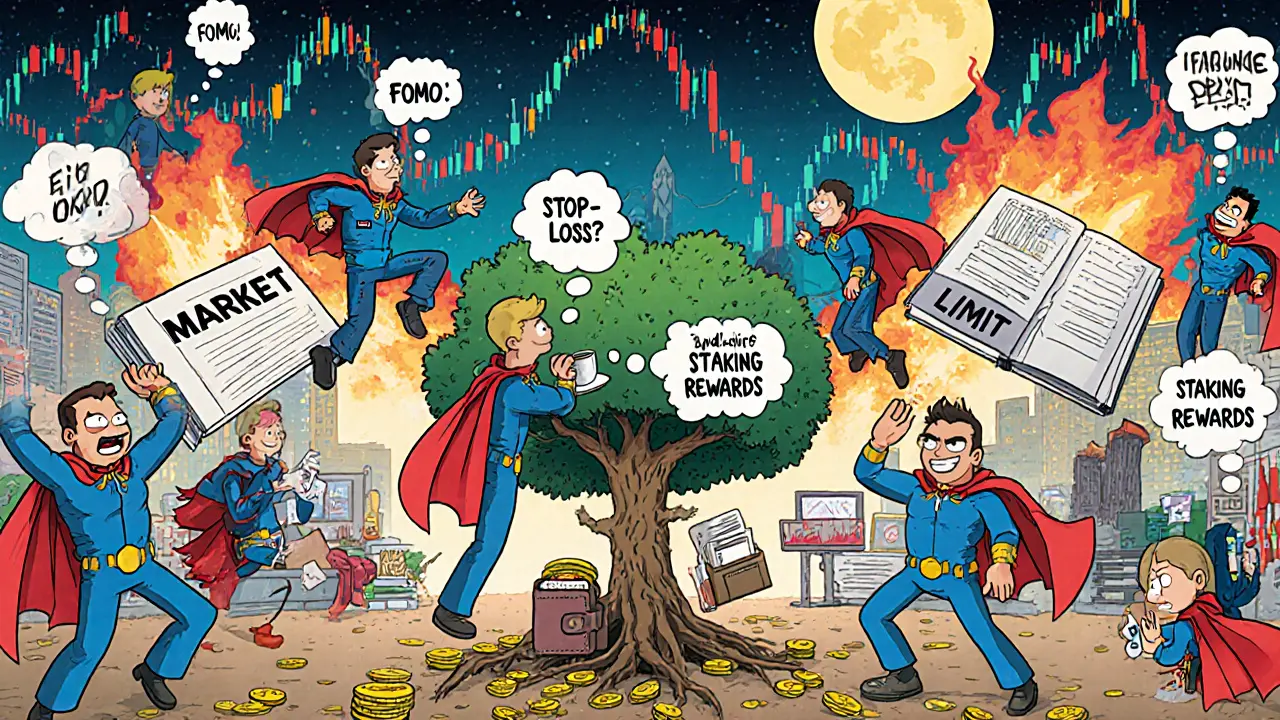
How to Get Started with Spot Trading
Here’s the real step-by-step - no fluff:
- Choose an exchange. Start with Coinbase, Kraken, or Binance. All support spot trading. Avoid sketchy platforms.
- Create an account. Takes 5 minutes. You’ll need an email and phone number.
- Complete KYC. Upload a photo ID. This can take 24 to 72 hours. It’s mandatory.
- Deposit funds. Add USD via bank transfer (1-3 days) or crypto (10-60 minutes).
- Place your first trade. Go to the spot market. Pick BTC/USDT, ETH/USDT, etc. Choose "Market" to buy now, or "Limit" to set your price.
That’s it. You’re trading spot.
Most beginners get comfortable in 2-3 weeks. You’ll learn what "bid" and "ask" mean. You’ll see how order books work. You’ll notice how prices jump when big news drops.
Common Mistakes New Traders Make
Spot trading is simple - but that doesn’t mean it’s easy. Here’s what goes wrong:
- Not using stop-losses. One Reddit user lost 30% of their initial investment in a month because they didn’t set a stop-loss. When Bitcoin dropped 15% overnight, they just watched it fall.
- Confusing market and limit orders. A market order buys at the best available price right now. A limit order only executes if the price hits your target. Most beginners use market orders too often and pay more than they meant to.
- Chasing pumps. You see a coin jump 50% in an hour. You buy in, thinking it’ll keep going. It crashes 40% the next day. FOMO kills more accounts than hacks.
- Leaving crypto on exchanges. If you’re holding long-term, move it to a hardware wallet. Exchanges get hacked. You’re not protected if they do.
Pro tip: Start with under 5% of your portfolio. Trade small. Learn the rhythm. Don’t try to get rich in a week.
What’s Changing in Spot Trading (2025)
Spot trading isn’t standing still. Here’s what’s new:
- Recurring buys. Coinbase and Kraken let you schedule daily, weekly, or monthly crypto purchases. It’s like a 401(k) for Bitcoin. Over 34% of new users use this.
- Spot grid bots. Binance’s grid bots automatically buy low and sell high within a price range. Over 1.2 million people use them monthly.
- Spot staking. You can now stake Ethereum or Solana directly from your spot wallet and earn yield while you hold. Kraken paid out $47 million in staking rewards from spot positions in Q3 2023.
- Faster settlements. On Solana-based exchanges, trades settle in under a second. On Ethereum, it’s still 10-20 seconds. That’s improving fast.
Regulation is also catching up. The EU’s MiCA rules (starting December 2024) require exchanges to get licenses to offer spot trading. The SEC is still fighting over whether crypto is a security - but spot trading is still legal for now.
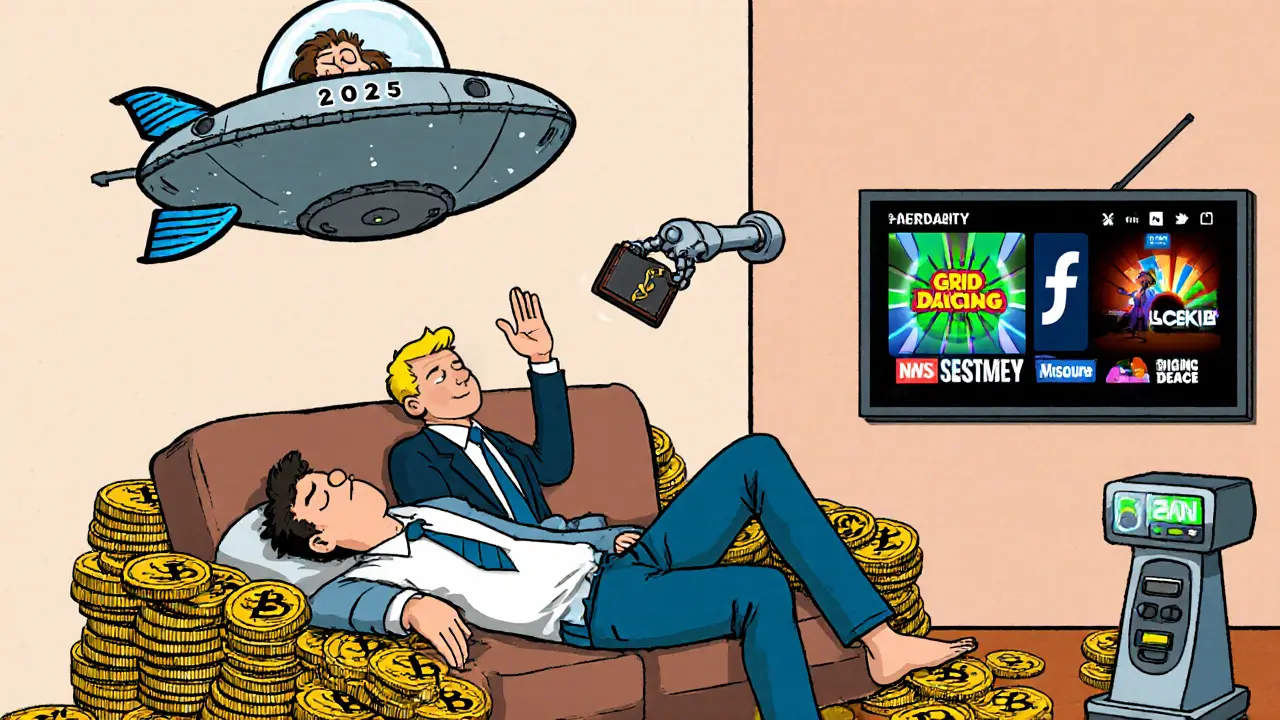
Is Spot Trading Right for You?
Spot trading is perfect if:
- You’re new to crypto and want to learn without risking everything.
- You believe in long-term growth and want to hold actual coins.
- You don’t want to deal with leverage, liquidations, or complex contracts.
- You want to use crypto for payments, transfers, or real-world use.
Spot trading is NOT ideal if:
- You want to make quick, leveraged profits during volatile swings.
- You’re trying to time the market perfectly every day.
- You think you can outsmart the market without research or risk management.
Most people who stick with crypto for years started with spot trading. They didn’t chase hype. They bought a little, held through the crashes, and kept learning. That’s the real edge.
Frequently Asked Questions
Is spot trading the same as buying crypto on a wallet?
No. Spot trading happens on an exchange where you buy crypto using USD or another coin. Once you buy it, you can transfer it to your own wallet (like Ledger or Trezor). The exchange is just the marketplace. Your wallet is where you truly own it.
Do I pay taxes on spot trading?
Yes. In the U.S., every time you sell crypto for a profit - even if you trade BTC for ETH - it’s a taxable event. The IRS treats crypto as property. Keep records of every buy and sell. Use tools like Koinly or CoinTracker to track gains.
Can I lose more than I invest in spot trading?
No. Unlike margin or futures trading, spot trading doesn’t use borrowed money. The most you can lose is what you put in. If Bitcoin drops to $0 (unlikely), you lose your investment - but you won’t owe extra.
What’s the best time to trade spot crypto?
There’s no perfect time. Crypto trades 24/7. But volume tends to spike during U.S. market hours (8 a.m. to 5 p.m. ET) and when major news drops. Avoid trading during low-volume periods (like late night UTC) - spreads widen, and slippage increases.
Are spot trading fees high?
Fees vary. Coinbase charges up to 0.5% per trade. Binance charges 0.1% if you pay with BNB. Kraken is around 0.16%. You can reduce fees by using limit orders instead of market orders, or by holding the exchange’s native token. Always check the fee schedule before trading.
Next Steps
If you’re just starting, do this:
- Open an account on Coinbase or Kraken.
- Deposit $50 or $100.
- Buy 0.001 BTC or 0.1 ETH.
- Hold it for a week. Don’t check it every hour.
- Then, try a limit order next time.
Spot trading isn’t about getting rich overnight. It’s about building a habit. Own the asset. Learn the market. Stay calm during crashes. That’s how you win in crypto.
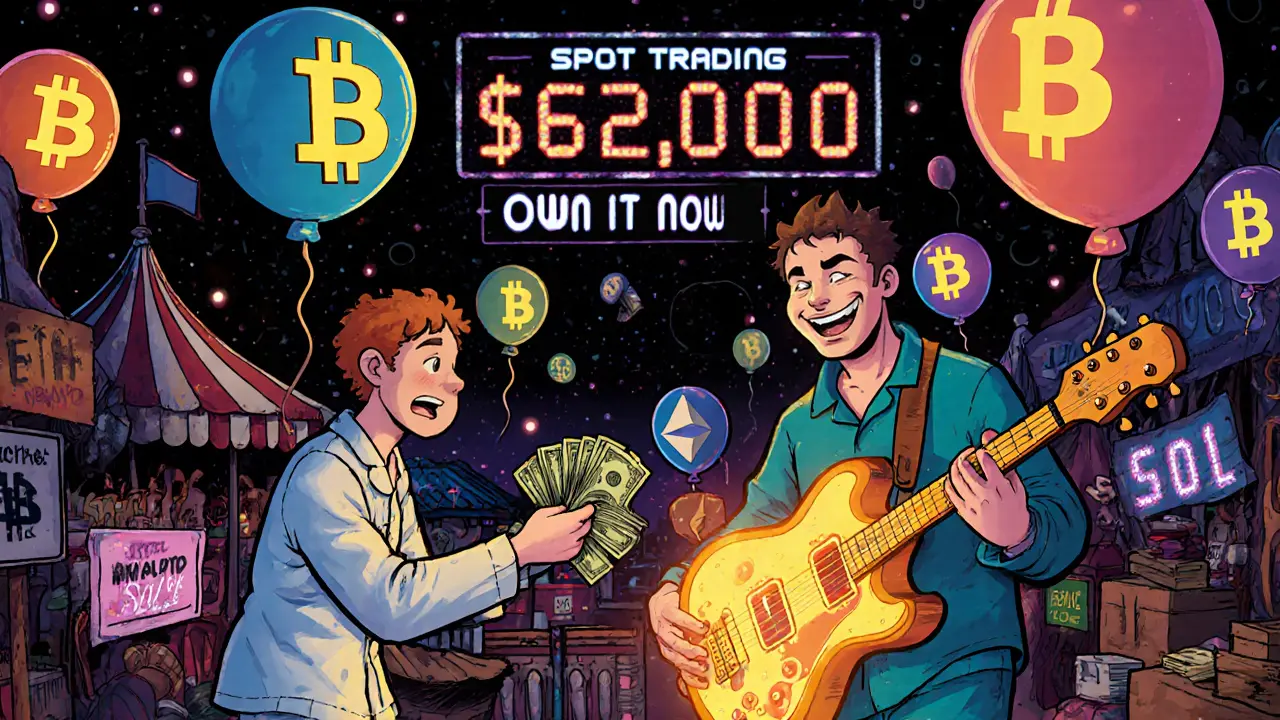
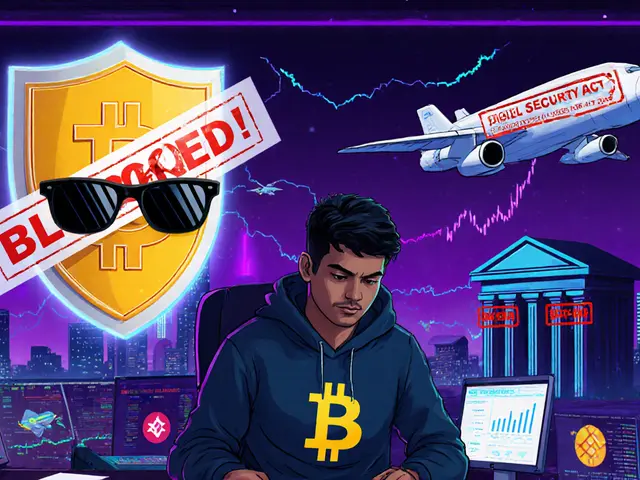

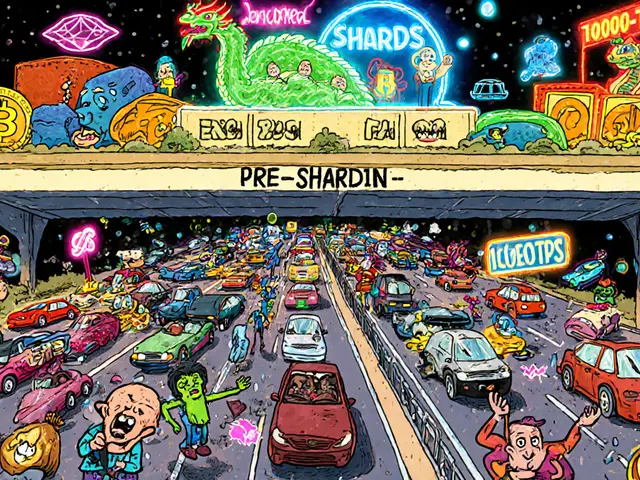
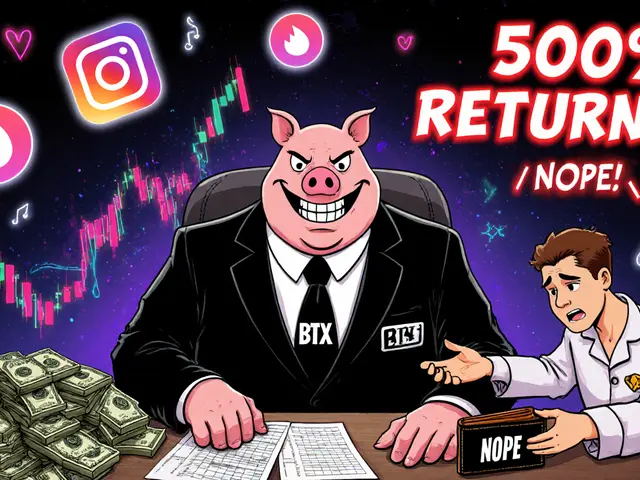
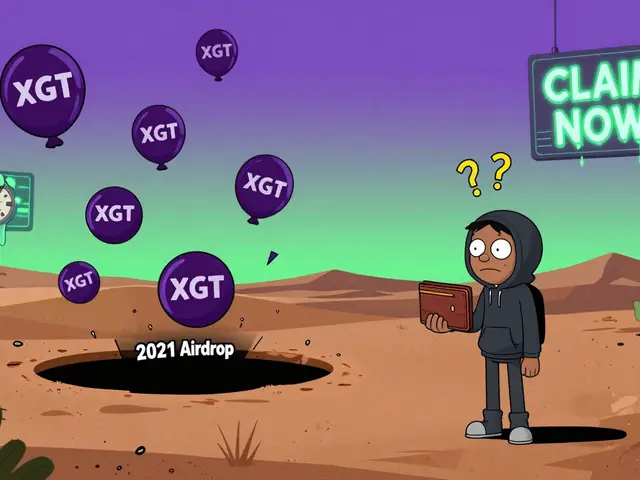
Adrian Bailey
man i just bought my first 0.005 btc last week and honestly i didnt even know what spot trading was called until now lol
thought i was just 'buying crypto' like everyone else
now i feel like a legit adult with a portfolio
also i use the recurring buy thing on coinbase and it’s so chill
no stress, no watching charts, just vibes
bitcoin went down 10% after i bought and i just laughed and bought more
spot trading is the only way to survive this market if you’re not a degenerate